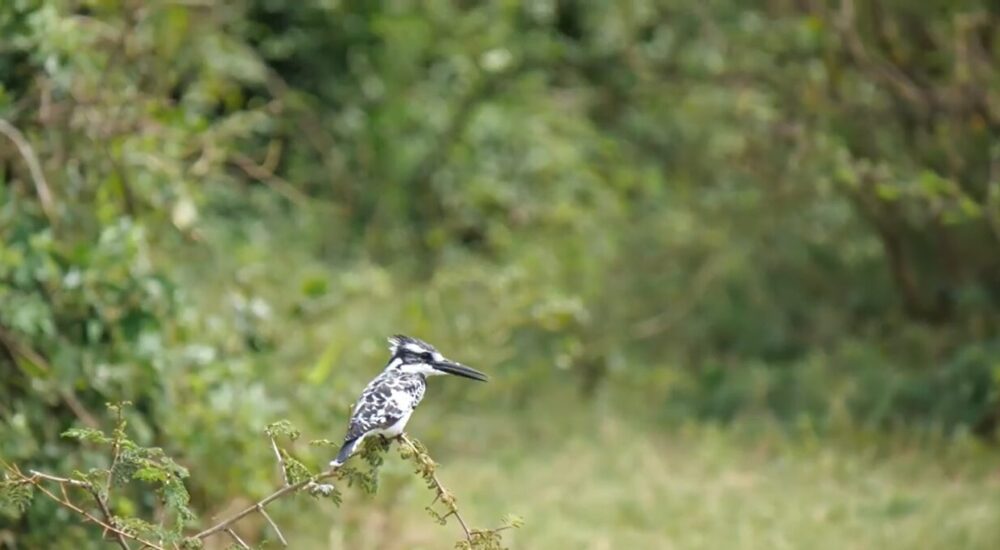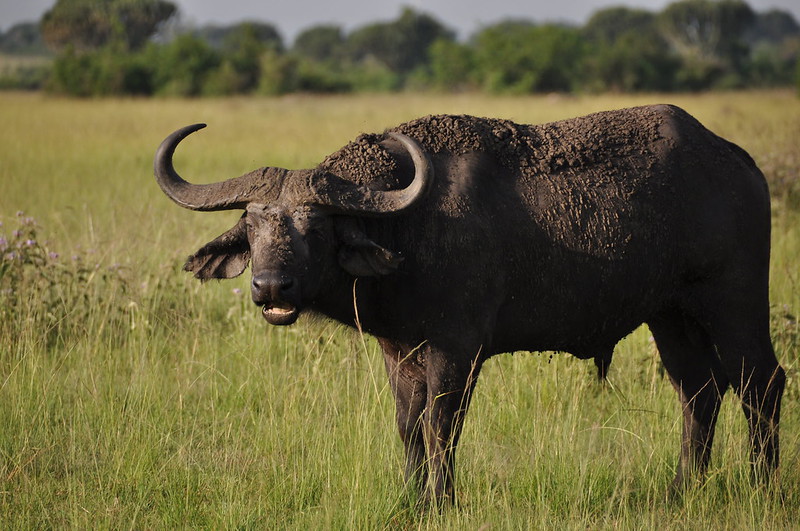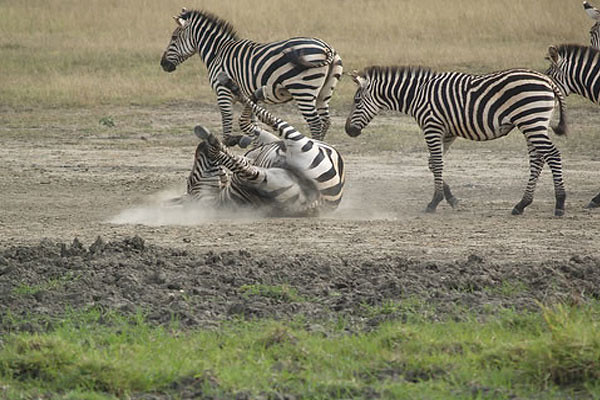Discover the wonders of Uganda’s bird watching opportunities. With over 1,070 bird species, Uganda is…
Mabamba Swamp Birding Adventures.
Mabamba Swamp Birding Adventures.
Tourists and birdwatchers go to Uganda’s Mabamba Swamp Birding Adventures to see the Shoebill stork, the country’s most popular bird. The 2424-hectare Mabamba Swamp, situated west of Entebbe on the northern bank of Lake Victoria, is characterized by dense marshes of papyrus, water lilies, and other grasses typical of wetland habitats.
With over 300 bird species, including several endangered ones, 7 of Uganda’s 12 species limited to the Lake Victoria biome (including the Papyrus gonolek), and a plethora of wetland specializations, Mabamba marsh is both a Ramsar site and an Important Bird Area. From October through March, the marsh also plays home to massive migratory flocks from the Palearctic.
There are several ways to go to Mabamba Swamp. The quickest way to get to Mabamba swamp from Kampala or Entebbe is to start at the Nakiwogo landing site in Entebbe, then take a 10-minute boat ride to the Buwaya landing site. From there, it’s approximately a 20-minute drive through open fields and cultivations, where you may see many of garden birds. Alternatively, you may take a boat straight from the Nakiwogo landing location to the marsh.
Using a motorized wooden boat, birdwatchers may navigate the network of pathways that cut across the dense marshes of Mabamba swamp. The Shoebill stork, the most sought-after bird in Uganda, is a common visitor to Mabamba wetland.
Even those who don’t often go bird watching find the Shoebill stork fascinating due to its enormous size and unusual appearance. The Shoebill is an extremely uncommon bird, and although it is only found in a small number of locations in Uganda, your greatest bet for seeing one—and maybe all of Africa—is in Mabamba Swamp.
![]()
The Shoebill stork loves the abundance of lung fish in Mabamba Swamp. On the other hand, local fisherman rank lung fish among their most prized catch. The local fisherman had a long-held belief that if they saw a Shoebill, also known as a “Bulwe,” it meant that they would have a bad day’s fishing.
A Shoebill stork was considered a bad omen for fisherman if they encountered one while fishing in the marsh. They almost drove Shoebills out of the marsh because of their hunting practices, which caused their population to plummet. With the wetland’s 2006 designation as a Ramsar site, the Shoebill stork gained some protection.
Wetland birdwatching, on the other hand, enlightened the locals and fisherman. Some fisherman have formal training in birding and guiding, and they earn a living by renting out their boats to tourists who come to see birds. Even when they meet a Shoebill stork on their way to fish, the fishermen are careful not to disturb it and would happily show visitors where to find it. The Mabamba wetland is supposedly home to twelve Shoebill storks.
Shoebill storks are most visible in Mabamba marsh at first light, about 7 a.m., when there is still little fishing going on.
Additional birding trips in the Mabamba Swamp
Various species of African birds include the fire finch, fish eagle, green pigeon, hooper, jacana, marsh harrier, and pigmy goose. Blue Swallow, Blue-cheeked Bee-eater, Black-winged Stilt, Black-headed Heron, Black-crowned Waxbill, Black-crowned Night Heron, Black-crowned Crake, and Black-headed Heron Squathosh heron, brown parrot, cattle egret, common bulbul, common moorhen, common sandpiper Hornbill with a Crown, Barbet with Two Tooths, Devotee of Eastern Grey Plantain Pie, Green cuckoos, Great White Pelicans, Great Blue Turacos, Great Cormorants, Glossy Ibis, and Goliath Heron Various species of grey herons, parrots, woodpeckers, and cranes Turtle-necked Tern Ibis of Hadada, Harmer kop! species of cormorant, long-toed lapwing, little stilt, little egret, and levaillant’s cuckoo Marsh Harrier, Orange Weaver, Malachite Kingfisher, Northern Brown-throated Weather Shining Blue Kingfisher, Speckled Mouse bird, Spur-winged Goose, Spur-winged Lapwing, Swamp Flycatcher, Tambourine Dove, Veilots’ Black Weaver, Village Weaver, Pink-backed Pelican, Pied Wagtail, Purple Heron, Pint-tailed Whydah, Red-chested Cuckoo, Red-eyed Dove, Red-headed Love-bird, Red-shouldered Cuckoo Shrike, Ross’ Turaco, Saddle-billed Stork, Red-shouldered Cuckoo, Saddle-headed Love-bird, Red-shouldered Cuckoo, Speckled Mouse bird, Spur-winged Lapwing, Swamp Flycatcher, Tambourine Dove, Veilots’ Black Weaver, Village Weaver Green, watery grass, Wood Sandpiper, Woodland Kingfisher, White-winged Tern, White-throated Bee-eater, White-faced Whistling Duck, Winding Cist cola, White-browed Cuckoo, Tinker birds with yellow bills, beaks, and legs, as well as the yellow-backed weaver, duck, and yellow-ramped tinker bird


